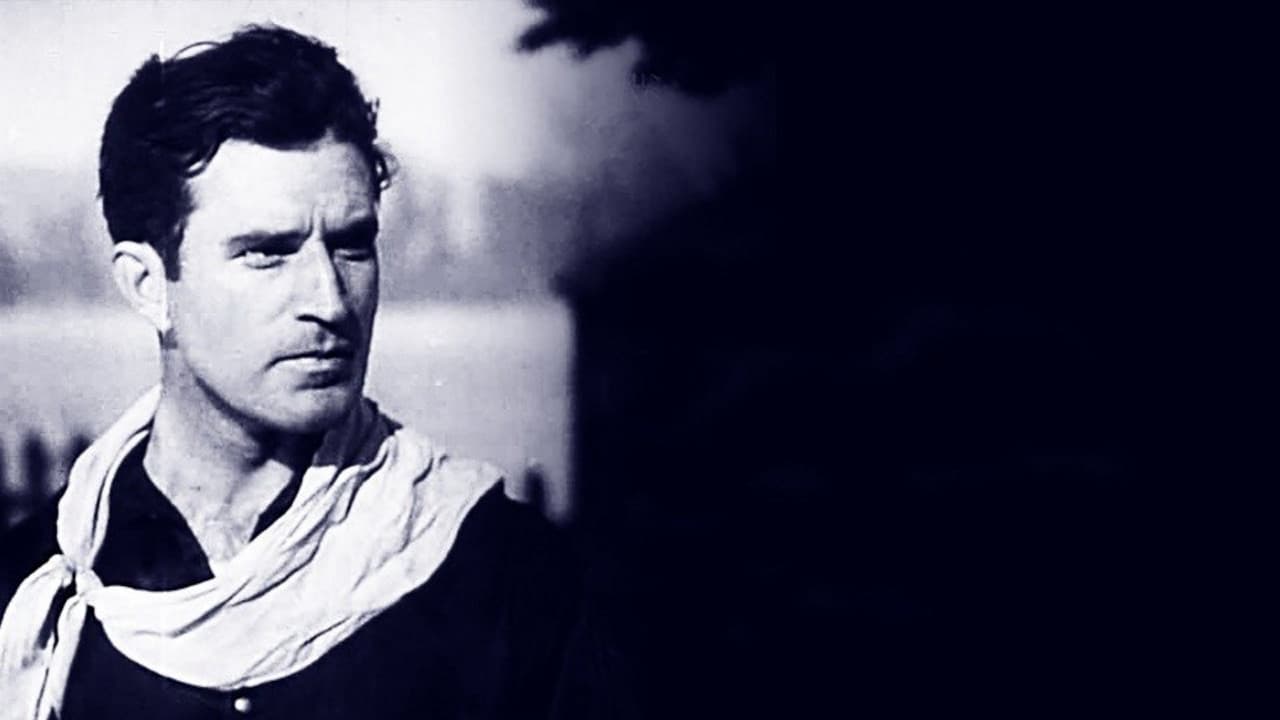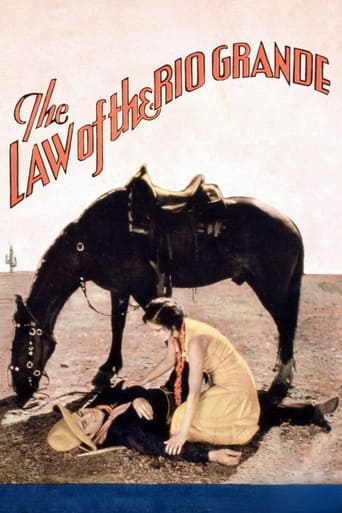

Since the print I saw at YouTube is so bad, choppy and often dark, with a lot of short pieces missing, I have to do a lot of juxtaposing, but I liked "Law of the Rio Grande."Betty Mack, whom I've seen only twice I can remember, is really adorable, a spunky and good-looking leading lady who deserved more fame.This was the first time I've seen Bob Custer, who had a bit of a starring streak because he was a good cowboy, having been a rodeo performer and thus looking the part.Reportedly, though, he had serious trouble speaking his lines, and major stardom eluded him. (Very sad to say, he became a government employee after leaving films, but at least he was an engineer, not so loathsome a government employee as other positions, such as tax collector or regulator of some kind.)This early talkie western showed the desperate need for a Yakima Canutt to invent better fight scenes. Custer and Edmund Cobb were capable of good fight scenes, apparently, but the technique had not yet been evolved.But the script generally and the story were good enough, and all the players believable enough to make this a very watchable and enjoyable western, if only the print were better.This is another gift of Westerns on the Web, and maybe some day there will be a better print available. I hope you get to see a better version, but in the meantime, watch this one with a very open mind and heart. If only for Betty Mack.And for the chance to complete your own study of the history of B Westerns. It's definitely worth the time and effort.
... View MoreLaw Of The Rio Grande follows a tried and true tradition of B westerns and even lower class of having a title that has absolutely nothing to do with the film. No mention of any river is made in this film let alone our border with Mexico.Bob Custer is our cowboy hero in this one and I read he actually was a real rodeo cowboy who went into films because the work was easier than getting on the back of a bucking bull and holding on for 8 seconds. Just watching the PBR will attest to that. He plays an outlaw who was cut loose with a bit of a con game pulled by 'dying' outlaw leader Nelson McDowell and Harry Cobb.Custer and Cobb try to go straight, but run into another old outlaw pal Edmund Cobb has his eye on a herd of cattle that Betty Cobb and her father own and on Cobb as does Custer. Going straight won't be easy because some folks won't let him, but Custer gives it his best shot.Law Of The Rio Grande was apparently butchered for early television with about 20% cut out of the print I saw. There will probably be no director's cut of this horse opera ever unearthed, but what I did see was not Red River or High Noon, but wasn't too bad and could be enjoyed by other than Saturday matinée kids.
... View MoreIt was made in 1931 and this was right in the middle of the terrible years of the Great Depression. Thousands of cinemas closed and many that were left could only afford the cheap B films. Often such cinemas were described as " flea pits" but to the millions of unemployed adults and their children , this was their only chance to escape their daily misery and for a few hours escape in the world of movie make-believe. I believe that many would have preferred "The Law of the Rio Grande" to many of the big-budget films offered by the big studios.Just look at the 1931 offerings by MGM.Paramount which are set in a world alien to the unemployed Americans of that era. At any rate, children attending the Saturday afternoon shows would have have love ""Rio Grand" and similar movies
... View MoreIf nothing else, "Law of the Rio Grande" demonstrates what you could buy for a couple of bucks and a box lunch back in 1931. There is certainly no lack of saloon extras or henchmen in this low budget affair from Syndicate Pictures, a forerunner of sorts of Monogram, niceties that would become prohibitive later in the decade. The cast is familiar and mostly made up of silent screen actors now down on their luck. It is not that Bob Custer and the others were necessarily terrible performers, but they were audibly unfamiliar with dialog and obviously received no help from a direction steeped in silent era film-making. The surviving print of "Law of the Rio Grande" is rather grim in places, a fact that adds to the overall ennui of the too-familiar story. Mark this down as an interesting piece of independent film-making in an era of transition.
... View More